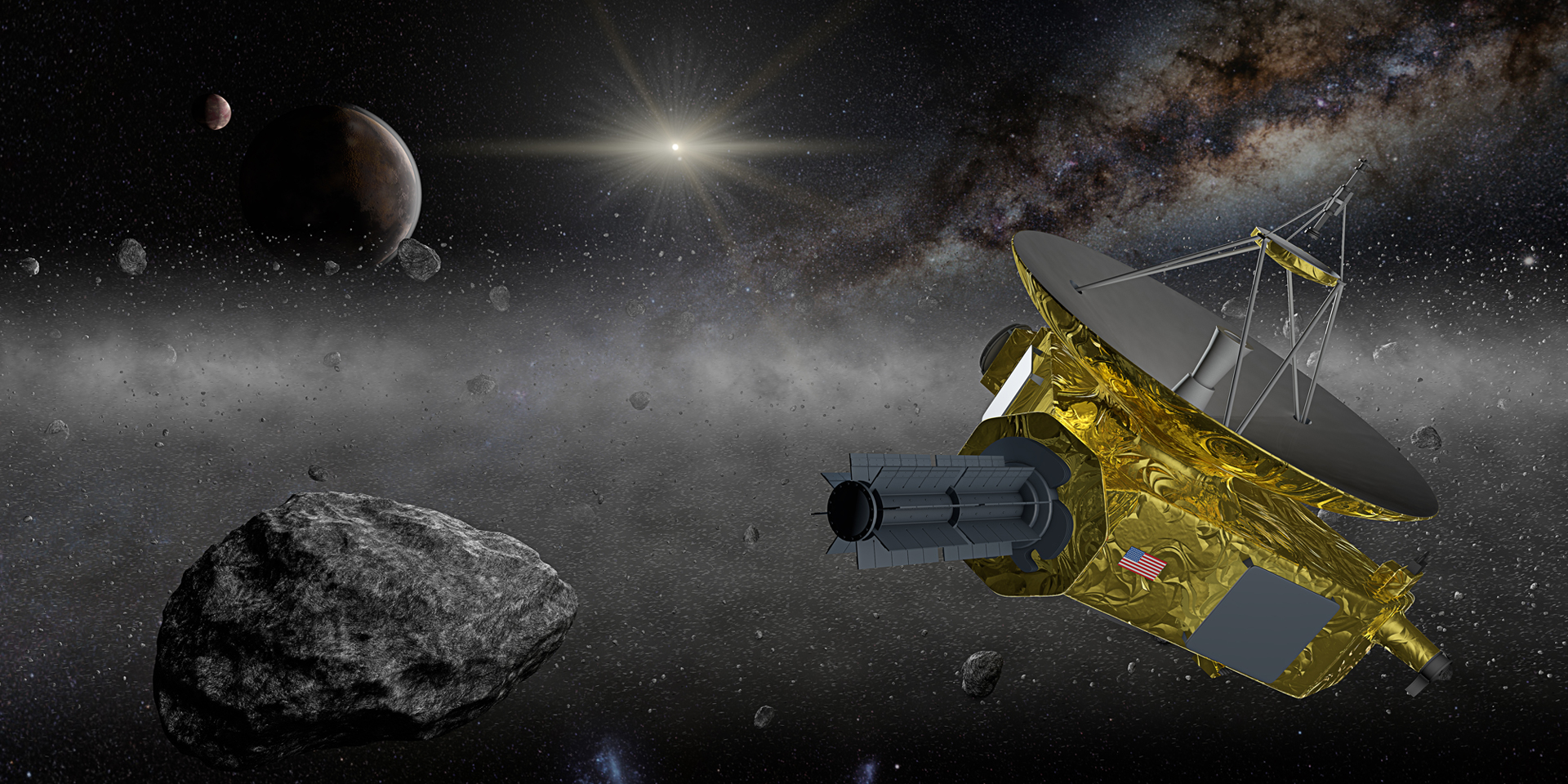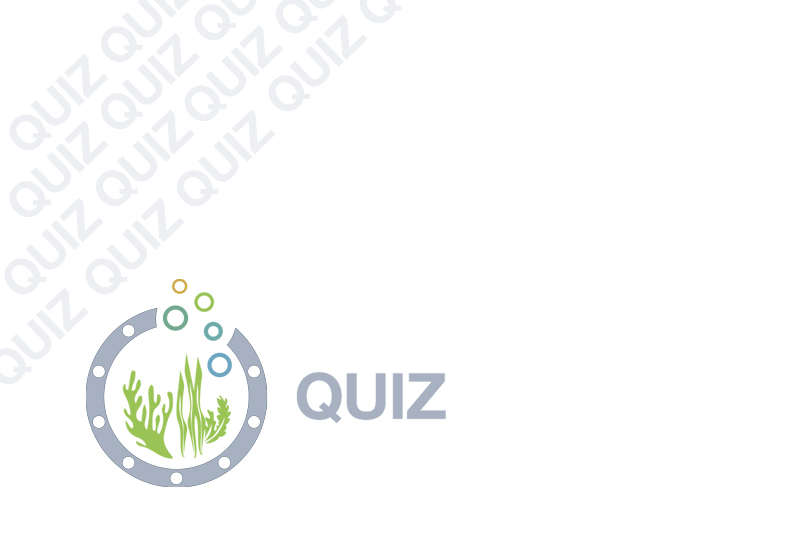
ABY.C | The Kuiper Belt
Beyond Neptune’s orbit, we enter a doughnut-shaped area known as the Kuiper Belt. We’ve already talked about Pluto, the first and most well known object here, but there is a lot more to discover, as well! In fact, there may be millions of bodies in this area. They’re generally referred to as Kuiper Belt Objects (KBOs) or Trans-Neptunian Objects (TNOs).
bodies in this area. They’re generally referred to as Kuiper Belt Objects (KBOs) or Trans-Neptunian Objects (TNOs).
The Kuiper Belt is named after a scientist, but not the scientist who discovered it. In 1951, Gerard Kuiper theorized that an area of relatively small icy bodies might exist beyond Neptune. This would explain where comets with small orbits originated, but he had no way to prove that his theory was correct. Confirmation didn’t come until 1992 from astronomers Dave Jewitt and Jane Luu. They named the first object they found “Smiley,” which later got the official (but less fun) name “1992 QB1.”
Other astronomers have found areas like the Kuiper Belt around at least nine other stars, so it’s not an unusual feature of star systems, and we’re learning more about it all the time.
Just how far away is the Kuiper Belt? It’s so far away that scientists stop using measurements like miles and kilometres to talk about how far away it is. Instead, they use the Astronomical Unit, which is the distance from the center of the Earth to the center of the sun (about 93 million miles or 150 million kilometres). The Kuiper Belt starts around 30 AU  away, and ends around 50 AU away. Let’s do the math: you’ll enter it around 2800 million miles from the sun and leave again around 4600 million miles from the sun.
away, and ends around 50 AU away. Let’s do the math: you’ll enter it around 2800 million miles from the sun and leave again around 4600 million miles from the sun.
So it’s huge, but it’s also mostly empty. The mass of everything that we know of in the Kuiper Belt, all added together, is probably only about 10% of the mass of Earth. In a way, it’s similar to the asteroid belt between Mars and Jupiter. Both these regions are made up of small objects that might have combined to form a larger planet, except that the gravity of an even larger planet prevented that from happening.
The Kuiper Belt is also the area where short-period comets (those are the ones that take fewer than 200 years to orbit the sun) originate, as well as several dwarf planets, possibly hundreds of thousands of other icy bodies larger than 62 miles in diameter, and over a trillion smaller bodies.
Besides Pluto, there are five other dwarf planets, four of which are in the Kuiper Belt:
- Eris is the Greek goddess of strife and discord, which is fitting – it was the discovery of Eris in 2005 that began the conversation about Pluto possibly also being a dwarf planet, which ultimately led to its controversial reassignment.
- Haumea, named for the Hawaiian goddess of childbirth, is about as wide as Pluto, but only has a third of its mass because of its unusual oblong shape. It looks more like a football than a sphere!
- Makemake is the third largest of the dwarf planets, but the second brightest. In fact, you could see Makemake with a high end amateur telescope. Makemake is named for the god of fertility of the Rapa Nui people who live on Easter Island.
- Quaoar (say “kwa-war”) is about half the size of Pluto, and was discovered in 2002, three years before Eris. It is named after the Tongva creator god. The Tongva people are native to the Southern California area, where the discovery of Quaoar was made.
- The last dwarf planet is Ceres, Roman goddess of agriculture, but it’s located in the Asteroid Belt between Mars and Jupiter, not here.
The object Arrokoth was discovered in 2014 with the  Hubble Telescope, and given a more thorough exploration by the New Horizons probe in 2019. That’s when it got its official name, which is a word that means “sky” in the Powhatan/Algonquian Native American language. Arrokoth is a binary object, which means that it’s two separate pieces that have merged into one object, and may help us understand how planets are formed.
Hubble Telescope, and given a more thorough exploration by the New Horizons probe in 2019. That’s when it got its official name, which is a word that means “sky” in the Powhatan/Algonquian Native American language. Arrokoth is a binary object, which means that it’s two separate pieces that have merged into one object, and may help us understand how planets are formed.
Pluto is the most well known of the Kuiper Belt Objects, but as of 2019, scientists have discovered more than 2000 others. Who knows what we’ll find next? It might even be the mysterious Planet X—read on to learn more!
Curriculum Reference Links
- Earth and Space / Building Blocks/ 1: Students should be able to describe the relationships between various celestial objects including moons, asteroids, comets, planets, stars, solar systems, galaxies and space.
- Earth and Space / Building Blocks/ 3: Students should be able to interpret data to compare the Earth with other planets and moons in the solar system, with respect to properties including mass, gravity, size, and composition.




